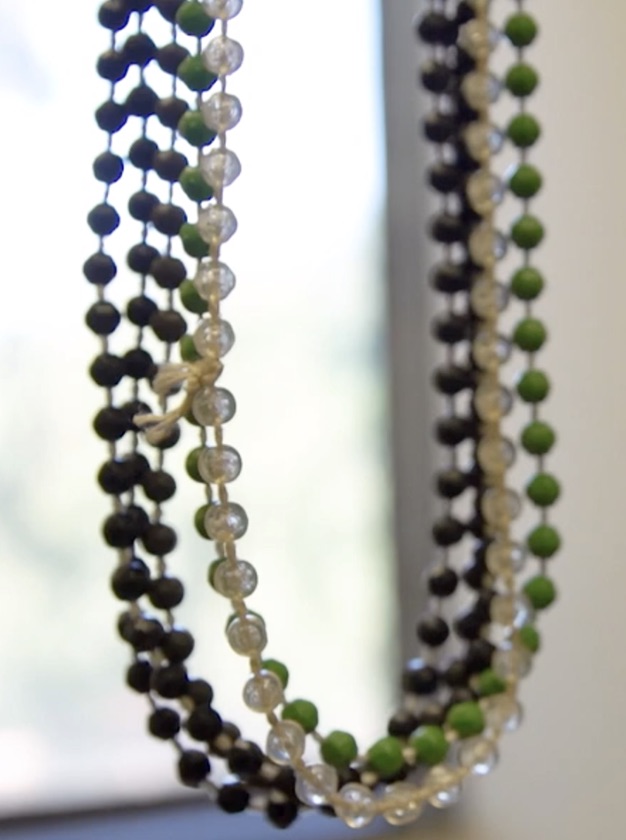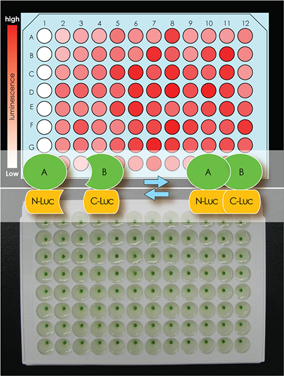Research Projects
The lab uses behavioral assays to study chemotaxis, the movement induced by a chemical, in the green algae, Chlamydomonas reinhardtii. The lab stocks over 100 algae strains for experimental use.

The lab grows diatoms and subsequently extracts compounds that can be used for biomedical research and sold on the commercial market. This project involves biochemistry techniques like HPLC and TLC.
Mathematical modeling is done with software such as MATLAB and R to study the cell biology in microalgae and plants.

We developed the split luciferase complementation assay to study protein-protein interactions in plant protoplasts in 96-well plates. In this assay, the N- and C-terminal fragments of Renilla reniformis luciferase are translationally fused to a protein pair of interest, respectively. When the protein pair interacts with each other, split luciferase emits luminescence that can be measured by a microplate luminometer. DNA vectors expressing the protein pair are constructed through in vitro DNA recombinant reactions. This system is useful for investigators who are interested in studying dynamics of protein-protein interactions in living plant cells.
The lab also uses fluorescence microscopy to image cell behaviors in microalgae.